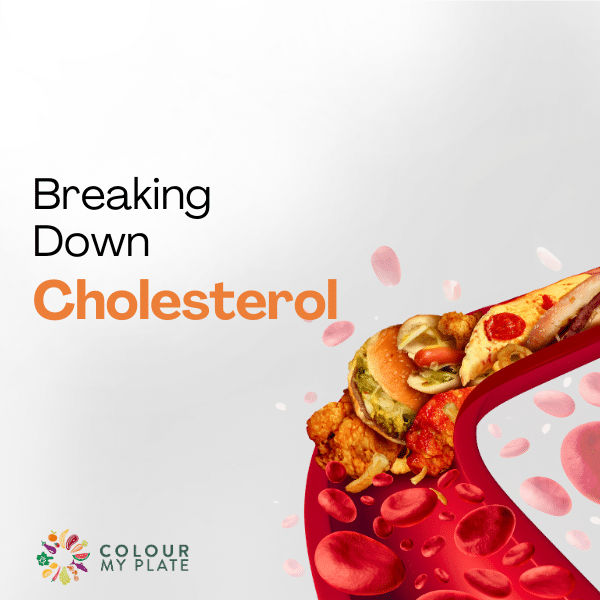
![]() 23 Apr 2024
23 Apr 2024
Cholesterol is a fatty substance crucial for building cell membranes, producing hormones and it plays a vital role in our health. However, distinguishing between the “good” (HDL) and “bad” (LDL) types is crucial. Let’s explore these distinctions and uncover the dietary connections that impact our cholesterol balance.
High-Density Lipoprotein (HDL) plays a crucial role as the “good” cholesterol by ferrying excess cholesterol to the liver for elimination, thereby reducing the risk of heart disease. To boost HDL levels, engaging in regular physical activity, adopting a diet rich in healthy fats, and avoiding smoking are recommended. Conversely, Low-Density Lipoprotein (LDL), known as the “bad” cholesterol, transports cholesterol to cells, contributing to an increased risk of heart disease. Elevated LDL levels are associated with diets high in saturated and trans fats, along with a sedentary lifestyle. Striking a balance between these two types is essential for maintaining heart health and overall well-being.
What we eat significantly influences our cholesterol levels. Adopting a heart-healthy diet can help strike the right balance between the good and the bad. Consider the following dietary tips:
Choose Healthy Fats: opt for unsaturated fats found in olive oil, avocados, and fatty fish.
Fiber-Rich Foods: Foods high in soluble fiber, such as oats, beans, and fruits, can help lower LDL levels by eliminating it from the body.
Limit Saturated and Trans Fats: Reduce the intake of foods high in saturated and trans fats, such as fried foods, processed snacks, and fatty cuts of meat.
Include Omega-3 Fatty Acids: Incorporate omega-3-rich foods like salmon, walnuts, and flaxseeds, as they can contribute to lower triglyceride levels and a healthier heart.
By adopting a balanced and heart-healthy meal plan, coupled with regular physical activity and steering clear of harmful lifestyle habits, you can strive to maintain optimal cholesterol levels and promote overall well-being.

We noticed you haven't completed your delivery details.

Your message is sent